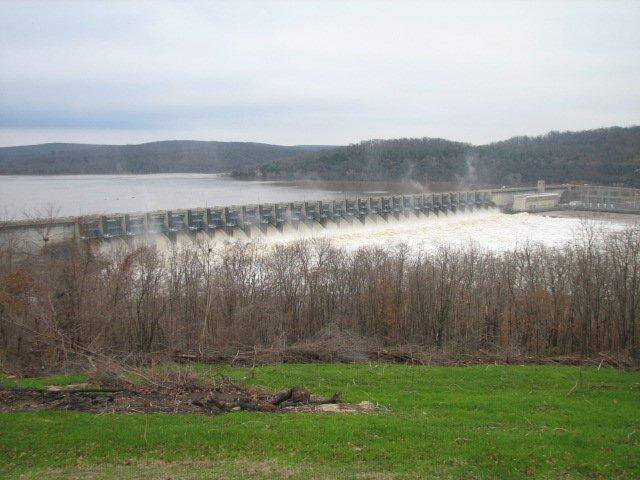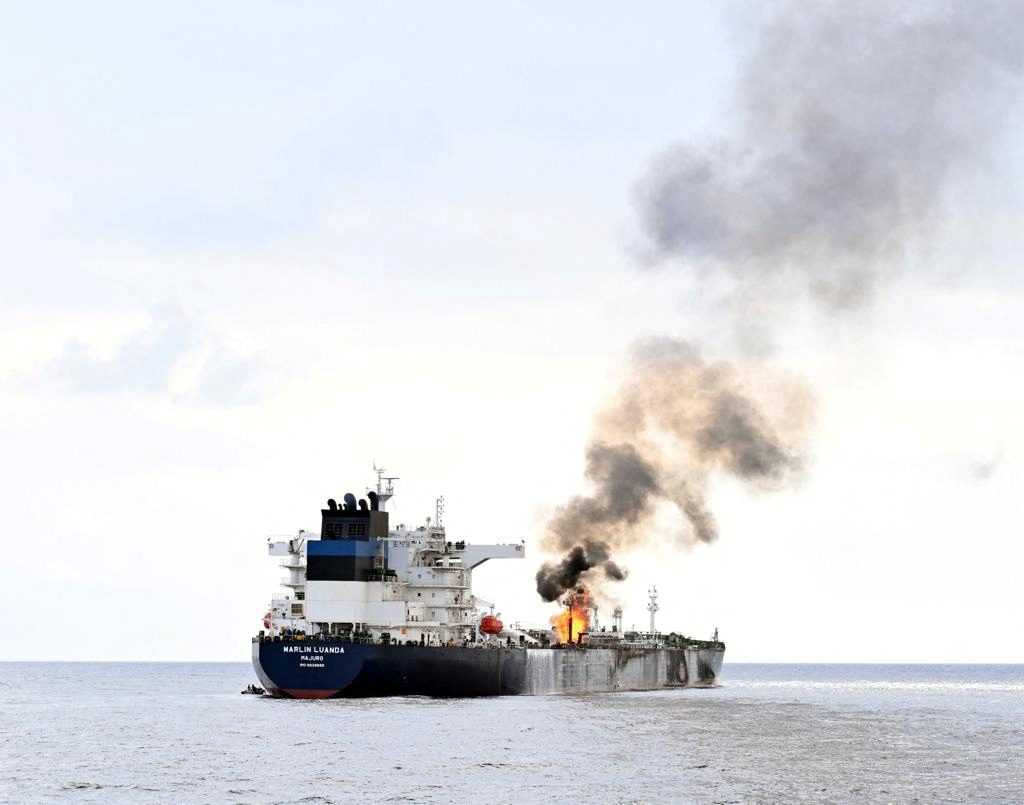By Brian K. Sullivan
(Bloomberg) — Brace yourself, U.S. South. The Mississippi River is coming, and so are the Arkansas, the Red, the Ohio and the Missouri.
The water on the Mississippi River is already so high that Missouri has closed interstate highways. Governor Jay Nixon activated the National Guard to stave off disaster.
And the floods only stand to get worse. Warmer-than-usual weather through December has precipitation falling as rain. Some areas have seen 5 to 10 inches (12 to 24 centimeters) above normal flowing into the rivers instead of being locked up as snow and ice on solid ground until spring. Flooding on the lower Mississippi may become severe enough to force the opening of the Bonnet Carre Spillway protecting New Orleans, according to the Lower Mississippi River Forecast Center.
“It is very unusual,” said Jeff Graschel, a hydrologist at the forecast center, an arm of the National Weather Service. “We have a pretty significant flood event over the Mississippi and Ohio rivers. The magnitudes are a little less than 2011.”
In other words, this year’s water levels are just shy of modern records. Four years ago, flooding was so severe that Charles Camillo, an Army Corps of Engineers historian, wrote a book about it. Overflowing rivers deluged cities, slowed barge traffic and threatened refinery and chemical plant operations. The only difference is the 2011 flood happened in May.
Flood Stage
Today, the Missouri River is at a major flood stage, and it’s pouring into an already swollen Mississippi, forecast to reach its second-highest crest at St. Louis around the start of the new year. All of that water will join the Ohio and together flow toward some of the most densely packed industrial river fronts in the country.
“We are going to exceed records for this time of year for the Mississippi and the Ohio,” said Graschel, based in Slidell, Louisiana.
Barges on the Mississippi handle about 60 percent of U.S. grain exports entering the Gulf of Mexico through New Orleans, as well as 22 percent of its petroleum and 20 percent of its coal. Flooding had raised the costs for barge delivery to export terminals in New Orleans by 10 cents a bushel for soybeans and 5 cents for corn since Friday, INTL FCStone Inc. said Tuesday.
Refineries, Factories
Dow Chemical Co., Archer-Daniels Midland Co. and Valero Energy Corp. are among the companies with refineries, factories and shipping sites along the river. They’re all still weeks away from seeing flooding, as Graschel said it isn’t forecast to reach New Orleans until the third week of January.
Even after the flood bulge makes its way into the Gulf of Mexico, the vigil will have to continue, he said. There is still a winter’s worth of rain and snow coming, in part because of this year’s strong El Nino.
“We will certainly have to be more watchful,” Graschel said.
–With assistance from Jeff Wilson and Megan Durisin.
©2015 Bloomberg News
Unlock Exclusive Insights Today!
Join the gCaptain Club for curated content, insider opinions, and vibrant community discussions.

 Join The Club
Join The Club













